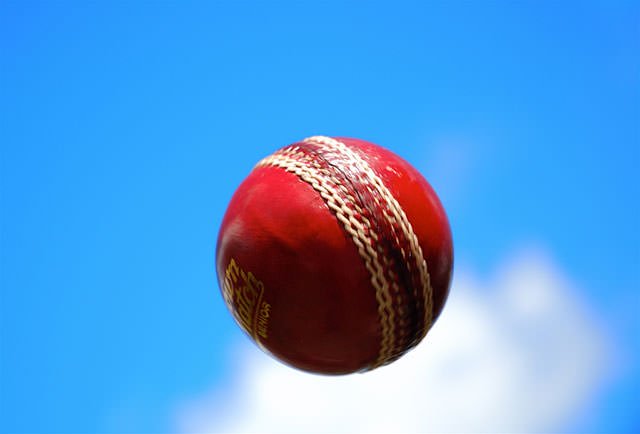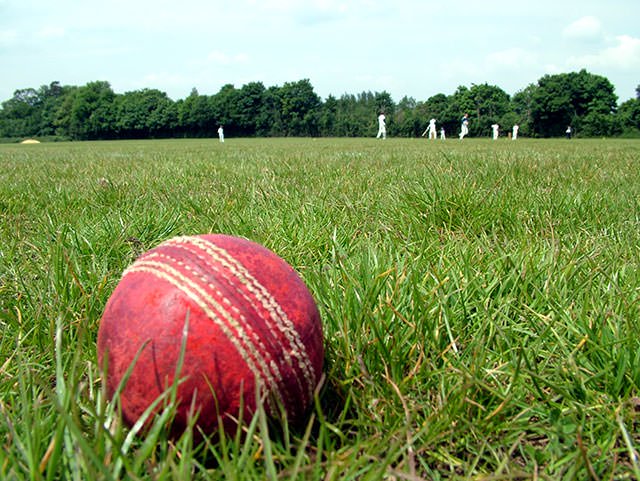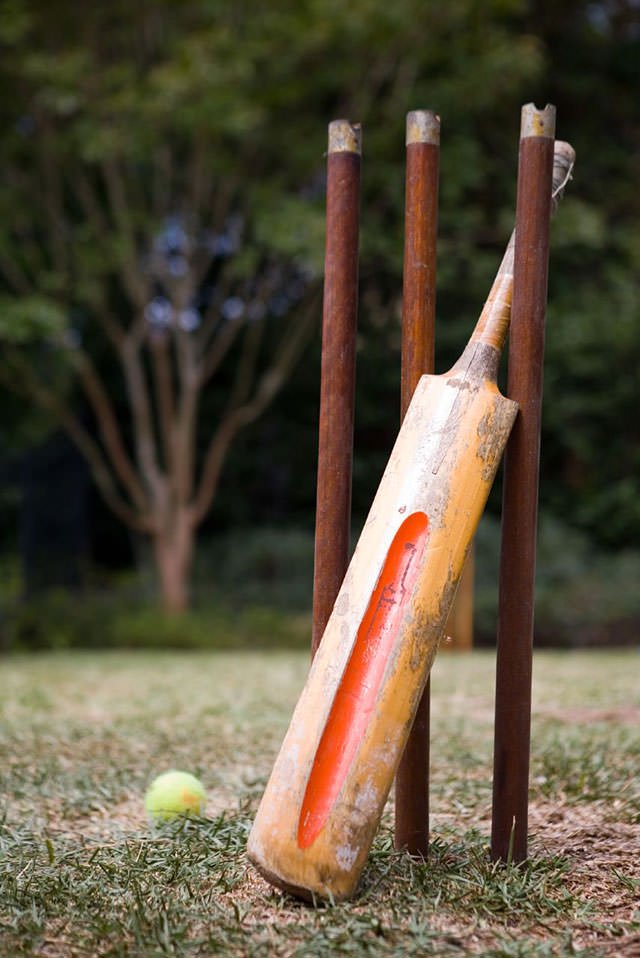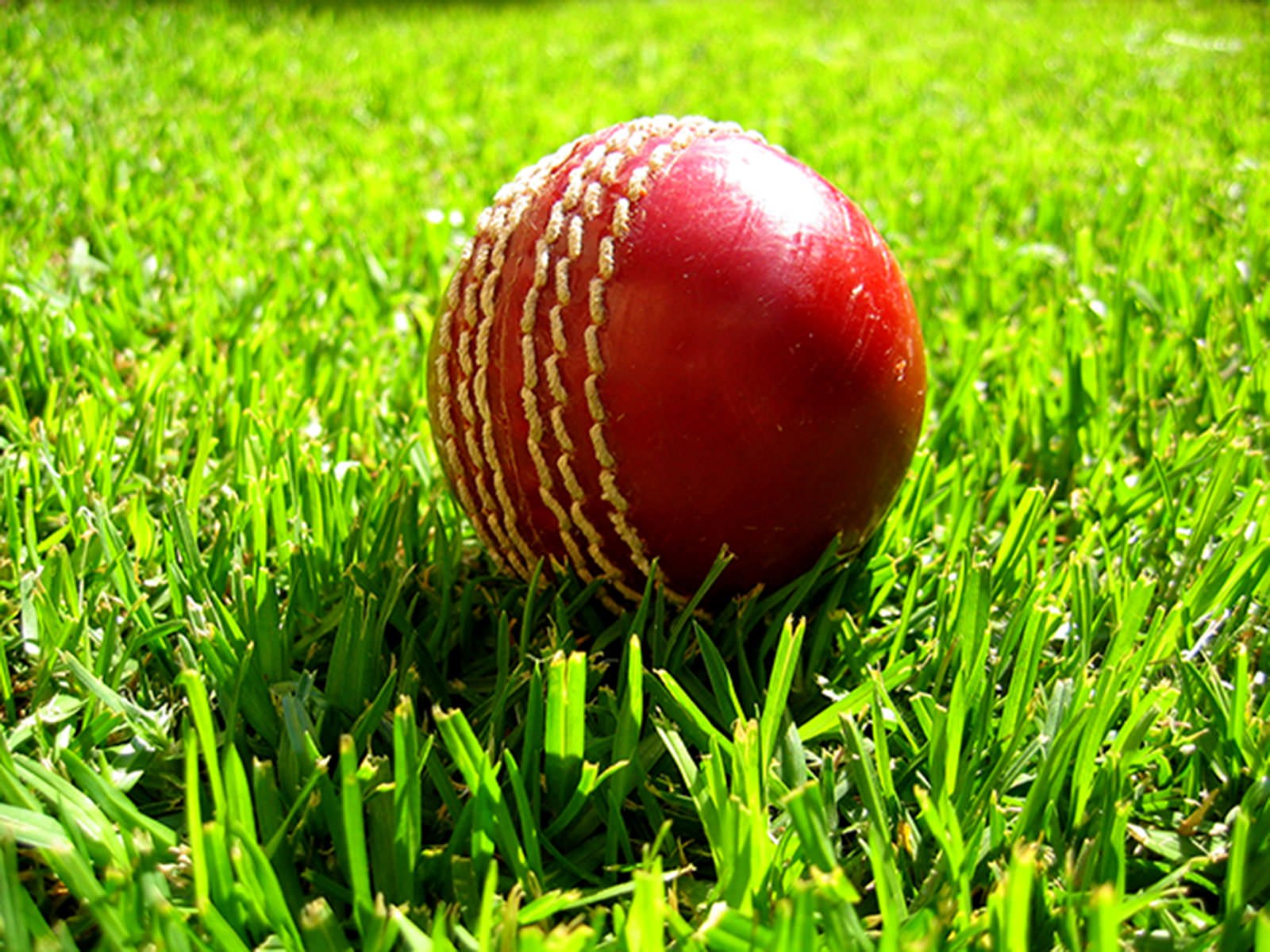Every Australian boy and girl longs for the summer for two reasons. Depending on where in Australia you live, it means anywhere up to a couple of months off school. It also means hours and hours spent every day playing cricket in expansive suburban backyards. While every day is backyard cricket day, there are a few special occasions where the stakes are high and the scale of the clash is epic. Christmas Day and Australia Day are times of celebration for the whole family and are great opportunities for families to be divided down the middle for a clash every bit as important as a Boxing Day Test between Australia and England. Christmas and Australia Day BBQs become legendary when a game of backyard cricket is included, with the traditional cricket lunch of prawn and cucumber sandwiches substituted for sausages and onion in a slice of bread with lashings of tomato sauce or, if you’re lucky, a slightly charcoaled piece of rump steak.
The beauty of backyard cricket is it can be played by anyone of any age because the rules can be manipulated to suit the participants. In fact, backyard cricket is so loose it doesn’t even have to be played in a backyard. It can be played in a park, on the street, at the beach or anywhere else you can put a rubbish bin at one end and a jumper at the other to signify the stumps, and a ring of fielders whose sole job is to appeal after every ball has been bowled. If you can find a space that is not intended for cricket, then it’s probably perfect for its sibling: backyard cricket.
Traditional cricket is all about two teams, keeping score, sportsmanship, specialist batsmen and bowlers, and proper equipment such as pads, stumps, helmets and white clothing. Backyard cricket is the antithesis to all of that. Rules differ from one ‘home ground’ to the next, often there are no teams and everyone bats and bowls, the score is rarely kept, respect goes out the window, sledging reaches fever pitch and equipment can include taped up tennis balls and wheelie bins. Even pot plants and family pets become fielders in backyard cricket!
Backyard cricket rules

If you’ve decided to involve family and friends in a friendly game of backyard cricket, it’s important that everyone agrees on the rules from the start. These games can often descend into farce when rules are suddenly made up on the spot to the advantage of the bowlers and fielders but to the detriment of the batsman. Here is a list of common backyard rules that everyone should agree upon before a ball has been bowled.
- You can’t get out first ball – This rule is designed so that even the worst batsman gets to face at least two deliveries. Usually the batsman has a wild swing at the first delivery faced in the hope it goes for four. A generous alternative to this rule is that ‘you can’t get out for a duck’, meaning you must score at least one run before you can lose your wicket.
- Six and out – If you hit the ball over the fence, you score six runs but that is the end of your innings. You also have to go and fetch the ball. If you’re at the beach this could mean into the water, or at a park could mean on the road. It’s designed to stop good batsman smashing the ball long distances over and over again.
- Caught off the roof – Unlike six and out, you do not get any runs for hitting it onto the roof. Some backyard rules require the ball to be caught one handed while others allow two hands. Sort this out before the start of play to avoid arguments.
- Lost ball – If the fielders can’t find the ball, the batsman will be asked to find it. If they can’t find it they will be given out and they won’t be allowed to bat again. This often leads to the batsman making his excuses and leaving the game, upon which time they will be subjected to tortuous sledging of which they have no right of reply. Should all balls be lost, the batsman that lost the most balls will be required to buy everyone playing the game dinner at MàZi Restaurant, Lantern Club (or at least the entrees).
- One bounce, one hand – A controversial rule but if employed it means when the batsman hits the ball into the ground, a fielder can catch the ball with one hand before it bounces a second time. This rule can be brought into play if the batsman has been at the crease for a long time.
- No Leg Before Wicket (LBW) – Unless there is an umpire standing at the bowler’s end who can be trusted (how many family members would you trust to be the umpire?), it’s just better to play without the LBW rule. Batsmen, bowlers and fielders can not possibly be impartial, so why risk the arguments? However, if the batsman is standing in front of his stumps before the bowler bowls, they can be asked to move back towards the leg side without any requirement to be polite about it.
- Run-outs – If there is a single batsman, they can be run out at either end if they take off for a run. The fielding team decides if the batsman has made his ground but beware if the bat being used is yours and you’re in the fielding team. Bats have been known to be hurled great distances if the batsman feels aggrieved at the decision, so you might want to think twice before giving them out when they were clearly home.
- Hit and run – This means that if the batsman hits the ball they must run. It’s a great way to add run-outs to the game. This rule can be introduced in the middle of an innings if the batsman has confused the avant-garde traditions of backyard cricket with those of Test cricket. Continual defensive strokes, or even worse leaving the ball altogether, will be quickly followed by sledges such as “I’ve seen better batters in a fish and chip shop” and “this guy’s on the cover of No Idea magazine”.
- Automatic wicketkeeper – Often used when there aren’t many players or there is limited space to play. If this rule is used, it means a batsman is automatically out if they knick it behind the stumps. However, it’s important to stipulate before play begins how far the ‘automatic wicketkeeper’ can go before a knick is deemed out of reach.
- Extra fielders – Again, if there are small numbers of players, other objects can be used as fielders. Pot plants, rubbish bins, trees, car tyres or any other object can ‘take a catch’ if they are hit. These are often placed in close to the batsman because let’s face it, only David Boon really loves fielding that close. Again, stipulate before play if it needs to be on the full or not to avoid arguments. Dogs are a wildcard for many games of backyard cricket. If the ball hits the dog, it’s play on. If the dog catches the ball on the full, the batsman is out. When this happens the dog generally gets a vigorous group hug from the fielders (the more beers that have been consumed, the more vigorous the hug), after which the dog is even more excited despite not knowing what just happened or why.
- Everyone must bowl – No matter how good or bad a player is, they must bowl at least one over. Officially an over is six deliveries but due to the looseness of the game they often stretch into double figures. The better bowlers will simply keep bowling until someone asks them how many balls are left (the standard reply is two), while the weaker bowlers will finish their over after precisely six deliveries. It will be clear when their over has finished because they will be back in their fielding position before anyone has even noticed.
- Last man standing – If you are playing a more formal game of backyard cricket where two teams are playing each other, the last batsman can continue to bat by themselves until they get out.
When does the game end?

This is a great question without a definitive single answer. There are a multitude of reasons why the game may end, such as:
- The food is ready – If it’s lunchtime then it could be just a pause in the game, while dinner could mean the game comes to a grinding halt. You’ll often find after food has been consumed the number of players that restart the game is fewer. The players that decide not to continue playing can be sledged mercilessly without any right of reply and must buy the first round of drinks at Lantern Club.
- There are no more balls left because they’ve all been lost one way or another.
- It gets too dark – Even in this situation some backyard cricket tragics will continue to play. A backyard spotlight might be available or turning all the house lights on that face the backyard pitch might throw enough light on to continue playing.
- There is something far more interesting on TV.
- It’s 4.30pm on a Sunday and the Wheel of Cash at Lantern Club will be drawn in an hour.
What to do once the game ends?

The intensity of a backyard game of cricket can often be just as intense as anything dished up by our baggy green wearing Test cricketers at the MCG. That’s why it’s important the time is taken to relax, decompress, and mend any relationships that may have been strained thanks to some dodgy umpiring, borderline out-of-order sledging or those who took the game just a little too seriously.
The best place to unwind with family and friends is at Lantern Club in Roselands. Enjoy delicious meals from the amazing menu the experienced and talented chefs have created for you and your loved ones. Combining traditional Australian fare with a Mediterranean influence, we know you’ll be coming back again and again to try as many dishes from the menu as possible.
So take advantage of the Australian summer by enjoying a BBQ with family and friends, a game of backyard cricket, then top it off with a night at Lantern Club that the whole family can enjoy. See you soon!
© Lantern Club, Roselands

